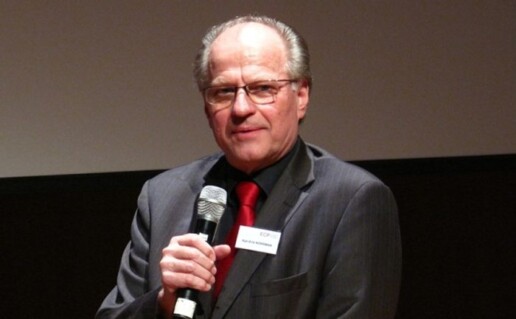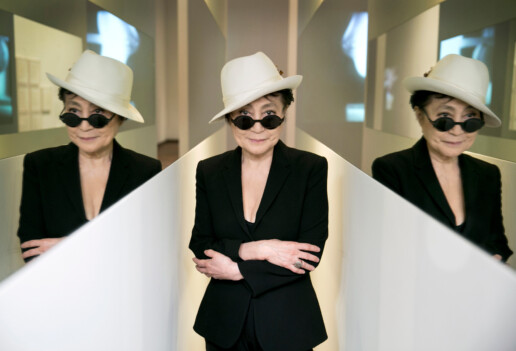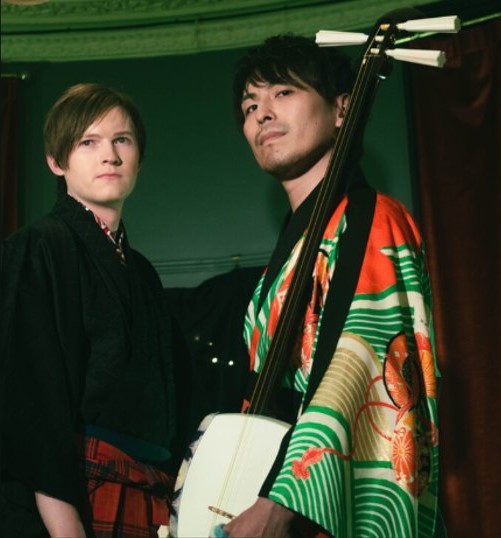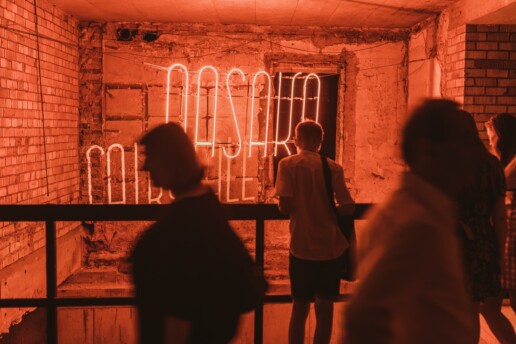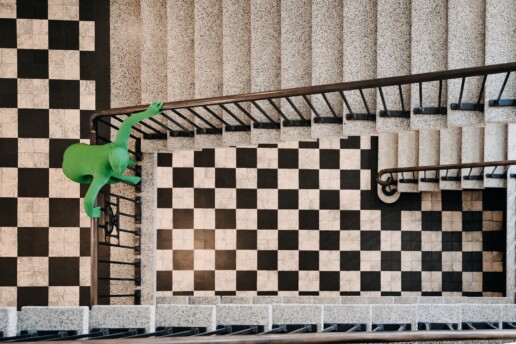Karl-Erik Norrman: it’s very important to defend European values today
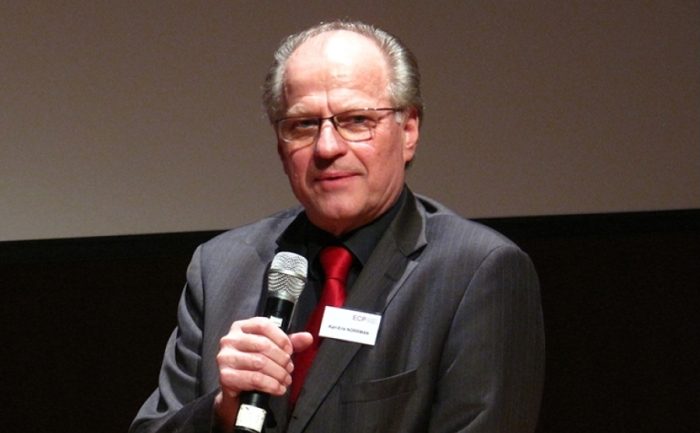
“This year, it’s very important to defend European values: in times of war and opposition against democracy, human rights, freedom of movement etc. That will be one of the main reasons of our meeting in Kaunas. We also think it’s significant that we’re meeting in a university – here we will discuss the promotion of the role of universities in European cultural cooperation”, says ambassador Karl Erik Norrman, founder and Secretary General of the European Cultural Parliament (ECP). On 8–11 September, he will participate in the ECP’s session in Lithuania – at Vytautas Magnus University and the premises of Kaunas the European Capital of Culture 2022.
During the session of the European Cultural Parliament, Kaunas will be visited by ECP members, which include independent artists, writers, musicians, historians, philosophers, designers and representatives of other cultural fields from Great Britain, Sweden, Greece, Ireland, the Netherlands and other European countries. During the session, discussions, creative workshops and exhibition openings will be held. At the events, which will open to the public, topics related to Europe and its culture will be discussed: the role of universities in the European capitals of culture, cultural diplomacy, the role of culture in the context of war and other matters. Understandably, Ukraine will also be remembered: not just in discussions but in exhibitions as well. At VMU Great Hall, an exhibition by Ukrainian photographer Oleksandr Zakletsky will be exhibited.
“You can say that this year Ukraine is becoming a symbol of cultural diplomacy. In these very difficult times, Ukraine is doing a great job. We hear and see a lot of Ukrainian artists promoting their case as Europeans, as democrats etc. President Zelenskyy himself is a great cultural diplomat, he’s speaking to the whole world about European values”, – explains Karl-Erik Norrman, who is not only one of the founders of the ECP but also works as a lecturer of cultural diplomacy at the Institute of Cultural Diplomacy in Berlin. According to him, the importance of cultural diplomacy is growing every year.
The Secretary General of the ECP also has many compliments to Lithuania and Kaunas, which is the European Capital of Culture this year and is holding various cultural events. “It is a very good program, and you’re doing it in a very tough time, with a lot of threats and pressure from your big neighbour. I think the Lithuanian approach is really to be praised. Our slogan is “to put culture first”, and we hope that Lithuania will continue to put culture first”, Karl-Erik Norrman says, expressing admiration of the program of Kaunas the European Capital of Culture.
He is also glad that in October, the VMU Agriculture Academy in Lithuania will host an international conference organised by the University Network of the European Capitals of Culture (UNeECC). This network aims to strengthen the role of universities in the events of European Capitals of Culture.
“This cooperation is very important: it will certainly inspire other universities to more actively participate in the cultural capitals. I think VMU is better than European average in this regard. Generally, I think it’s very important for universities to promote humanities and arts in their syllabus so that their place would not be taken by the more “concrete” sciences. I’d encourage VMU to take a strong role in promoting culture and cultural cooperation”, says the ECP Secretary General.
The European Cultural Parliament was founded in 2001, in the premises of the Council of Europe in Strasbourg, in order to ensure that independent artists would be heard in order to balance the growing influence of technocracy. “Ethical and aesthetic values must be the essence of a new European Society. We also say that culture is the core of society and creativity is the source of human existence. ECP aims to amplify the voices of independent artists and to intensify the dialogue between artists and other creative individuals. So we’ve created a forum at the ECP for continuing dialogue year after year, for 28 years. We might say that we give globalisation a kind of human dimension through this forum”, claims Karl-Erik Norrman.
In total, ECP has 160 members from 43 European countries. The parliament organises various international projects, e.g. between musicians, philosophers and visual artists from Italy, Austria, Denmark and other countries. ECP has also contributed to political changes at the European level.
“An ECP research group looked at the economic role of culture in Europe. We came to the conclusion that the economic role of the creative sector had been underestimated before. We presented this report to the President of the European Commission and, as a result, the following year the EU started showing in its statistics that the cultural and creative sector represents some 3 percent of the total European GDP and almost 4 percent of the labour force. The people in the culture sector are working on a lower income level than the average but they are very important”, emphasises the Secretary General of the ECP, noting that the parliament contributed to changes in the European institutions’ agenda and promoting cooperation of European artists.
The European Cultural Parliament will hold its Kaunas session on 8–11 September at Vytautas Magnus University (VMU) and the premises of Kaunas the European Capital of Culture 2022. During the session, which is open to all representatives of culture and members of the public, various topics related to Europe and its culture will be discussed, including, but not limited to, the role of universities in the European capitals of culture and the culture of Europe in general as well as the particularly topical issues of cultural diplomacy and the role of culture in the context of war.
The founders of the ECP include Finland’s former Minister of Foreign Affairs Pär Stenbäck, former Swedish diplomat, opera soloist, professor of international relations Karl-Erik Norrman, author of The Illustrated History of Europe Frederique Delouche and others. Senators of the parliament: Benjamin Bradshaw – former British Minister of Culture, Erna Hennicot-Schoepges – former Minister of Culture of Luxemburg, Memli Krasniqi – former Minister of Culture of Kosovo, Ivaylo Znepolski – former Minister of Culture of Bulgaria and others. Past members of the ECP included journalist Anna Politkovskaya and philosopher, culture politician Leonidas Donskis, who have sadly passed away. This year the ECP is joined by the Dean of VMU Faculty of Arts, Professor Jurgita Staniškytė, lecturer of VMU Music Academy, pianist Rimantas Vingras and head of Kaunas 2022 Virginija Vitkienė.
Participants of ECP Kaunas session must register online (HERE) before 6 September.
The event will be held in English.
Website of the European Cultural Parliament
The ECP Kaunas session is part of the program of Kaunas the European Capital of Culture 2022.
About Karl-Erik Norrman
Ambassador Karl-Erik Norrman is founder (2002) and Secretary General of the European Cultural Parliament (ECP), the only Pan-European forum for cultural personalities of all sectors of Arts. The ECP has 160 members from 43 European countries.
As a Swedish diplomat for 30 years he served i. a. in Moscow, Beijing, Geneva and Rome, dealing mainly with foreign policy, trade negotiations, cultural affairs, development cooperation, humanitarian affairs and the United Nations. As Ambassador since 1989 he was posted in Spain and Swedish Commissioner General at EXPO 92 in Seville. In 1994, Karl-Erik Norrman was appointed the head of the Cultural Department of Sweden’s Ministry for Foreign Affairs. From 1995 he was Executive Member of the Commission for Sweden Promotion Abroad at the Foreign Ministry. Norrman has also been an opera soloist (tenor) and is the author of more than 30 books about democracy, world population matters, Germany, China, India, UN, theatre, opera, design, food and other topics. He participates in the public debate in Swedish, German, British, Scandinavian and other international media and conferences. Since 2010, he has been guest lecturer of cultural diplomacy and European affairs at the Institute for Cultural Diplomacy, ICD, in Berlin. He is member of several International Boards, e.g. Place Branding and Public Diplomacy, London, Institute of Cultural Diplomacy, Berlin, Vizar Architectural Competition, Sofia, Music Mind Trust, Sussex, Harald Edelstam Human Rights Foundation, Stockholm, Fondazione Love Difference, Biella and Population Matters, London.
A long-awaited event in Lithuania: the exhibition The Learning Garden of Freedom by the world-renowned artist Yoko Ono opens in autumn
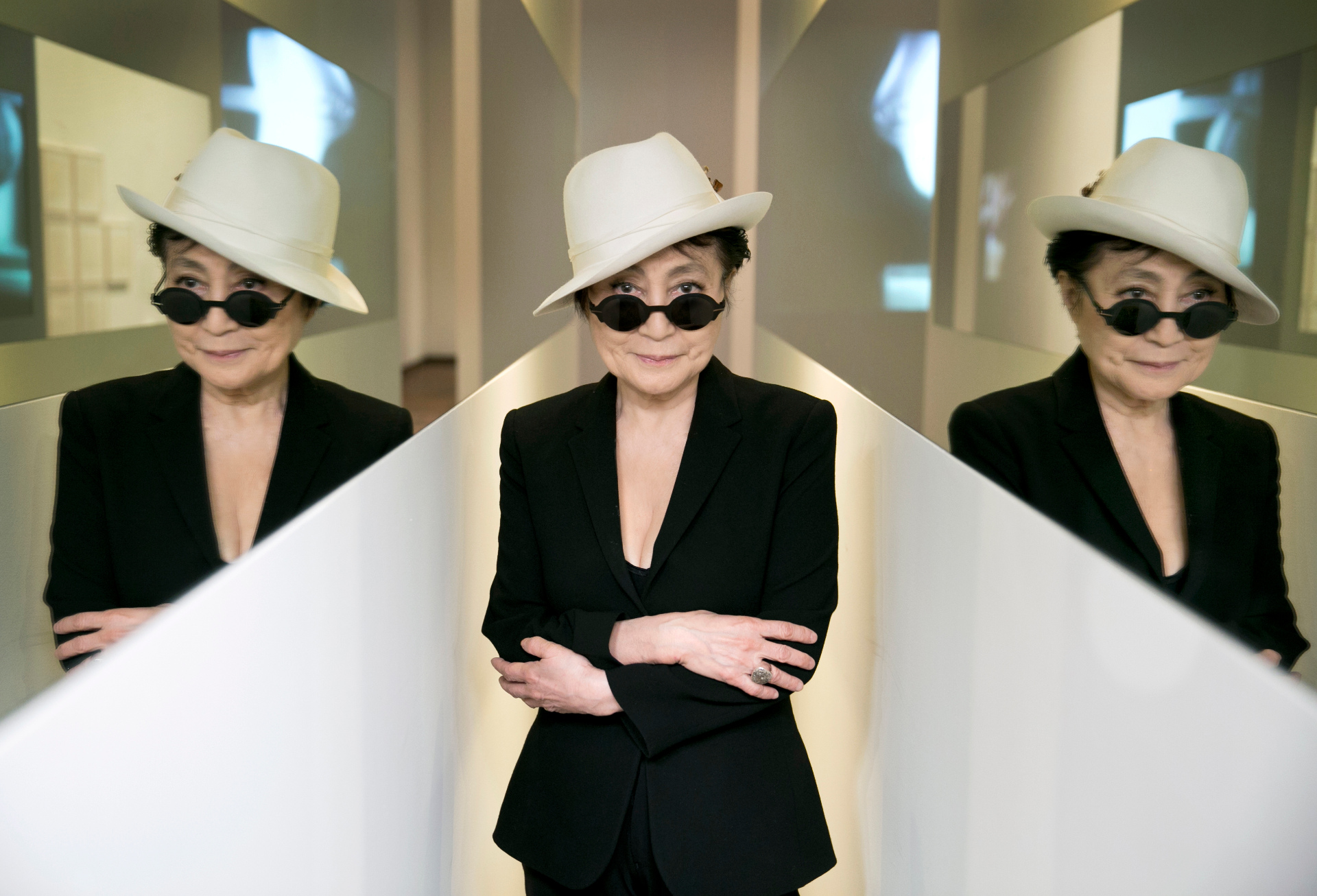
On 10 September this year, the exhibition The Learning Garden of Freedom by the world- renowned artist Yoko Ono will open at Kaunas Picture Gallery. The show will feature conceptual artworks, installations, objects, experimental films, performances, sound and text works. While waiting for the exhibition, Kaunas residents and guests are also invited to visit Yoko Ono’s installation Ex It currently on display at the Kaunas branch of the Bank of Lithuania. The installation works as the introductory part of the retrospective exhibition and will be on display until 11 September.
Yoko Ono (b. 1933, Tokyo) began her career in the 1950s. She worked closely with George Mačiūnas, the founder of the Fluxus movement, and her first solo exhibition (featuring works from the Instruction Paintings series) was held in 1961 at New York’s AG Gallery, also founded by Mačiūnas and Almus Salcius. In addition to her innovative paintings and performances, the artist later began to create objects, films and spatial installations, to bring other artists together in collaborative actions, and to invite the audience to actively engage in artistic processes. In her performances and other works, Yoko Ono raises issues closely related to the feminist movement, such as the female body and women’s empowerment in society. The artist’s name is also often associated with the pacifist movement, which remains more than relevant to this day.
One of the central components of Yoko Ono’s work are ideas. They can be serious or playful, utopian or poetic, expressed in words or actions, realised as objects and installations or simply in the imagination of the audience. Her work is highly political and social, not losing its relevance with the flow of time, encouraging the viewer to critically assess the world around them and, by using the language of art, to actively express one’s position on important socio-political issues. The Learning Garden of Freedom is an invitation to get to know Yoko Ono’s work and to reflect on the seriousness and playfulness of life as well as the power of imagination.
The exhibition is organised by the Contemporary Art Centre (Vilnius, Lithuania) in collaboration with the Serralves Museum of Contemporary Art (Porto, Portugal) and Yoko Ono’s studio Studio One (New York, US), and curated by the artist’s long-time friend and curator of Fluxus exhibitions, Jon Hendricks. It is a continuation of the exhibition held at the Serralves Museum in 2020, specially adapted for Kaunas, George Mačiūnas’ hometown. The exhibition is organised as part of the project Kaunas – European Capital of Culture 2022 and will run until 4 December this year.
Japanese music concert. Tsugaru shamisen & taiko
This year marks the 100th anniversary of friendship between Japan and Lithuania. To celebrate this occasion, we are happy to invite you to a Japanese music concert, which will take place on September 2, 18:00 at Business Leaders Center BLC, lobby of the Building D (K.Donelaičio g. 62).
The concert will be provided by Hibiki Ichikawa (Japan), a traditional Japanese three-stringed instrument Tsugaru shamisen artist, together with his student Luke Burns (United Kingdom).
The concert is free of charge, however, the number of seats is limited.
Hibiki Ichikawa is a London based Tsugaru Shamisen player with over 15 years of experience in playing this unique and fascinating instrument. He first came to the United Kingdom in 2011. Officially recognized as a world leading talent of Tsugaru Shamisen, Hibiki regularly performs across the UK and Europe.
His professional activities include teaching more than 20 students and collaborating with several musicians and artists in a variety of projects. In 2016, he took part in the recording of the soundtrack for the BAFTA-winning stop-motion animated film “Kubo and the Two Strings”, produced by Laika Studios.
Luke Burns has been studying Tsugaru Shamisen and Taiko drums in London for 4 years. Luke is a student of Hibiki Ichikawa, the only professional Tsugaru Shamisen player in Europe, and learns Taiko from Liz Walters with the “Tamashii School of Taiko”.
Along with Joshua Green, another of Hibiki’s students, Luke is part of the duo "DENSHONEN", mixing Tsugaru Shamisen with Taiko and Guitar.
Both Hibiki and Luke have been appointed by “Nike” as their official brand ambassadors for DUNK shoe series.
Lets enjoy the sound of traditional Japanese music!
The event is organized by the Embassy of Japan in Lithuania.
Kaunas 2022 to Gather Litvaks From all Over the World to Their Ancestral Land
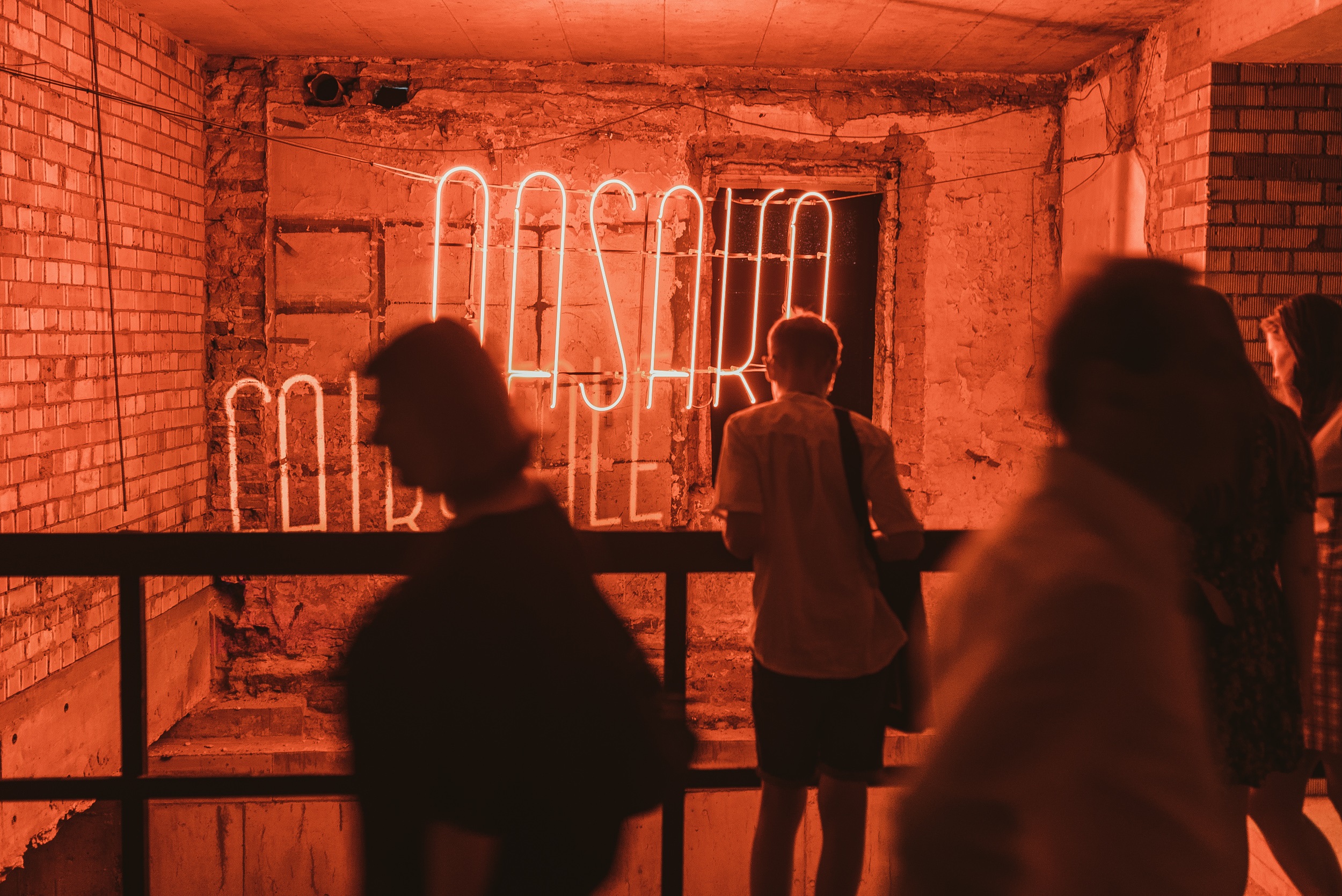
“For me, this forum is like a wrap-up of the entire Jewish memory programme of Kaunas - European Capital of Culture. It is the culmination of our many years of efforts to build bridges of cooperation and dialogue,” says Daiva Price, the initiator of the Litvak Culture Forum and the curator of the Kaunas 2022 programme Memory Office. The event will welcome Litvaks returning to their ancestral land or arriving here for the first time on 29-30 September.
Before the First World War, about 2 million Litvaks - the name used by Jews of the region - lived in the former lands of the Grand Duchy of Lithuania, in the eight provinces of the Russian Empire. 2 million is 12% of the population. In Kaunas or Kowno, the centre of the gubernia, the Jewish population was as high as 35.32%, and today it’s just a few hundred people.
The Litvaks spread worldwide in the second part of the 19th - the beginning of the 20th century. They remained the smallest Jewish group after the Holocaust. Today, Litvaks live in Israel, the USA, South America, South Africa and other countries. Many of them have roots in Kaunas. As the European Capital of Culture 2022, the city is hosting the forum as the first event of such kind.
The two-day event in the Great Hall of Vytautas Magnus university will feature a rich cultural programme and discussions between renowned artists, scholars and representatives of the world of culture on what it means to be a Litvak and the search for a common Lithuanian and Jewish identity. It will ask whether art helps us to remember and whether perpetuating memory can help us to build a better future and promote openness and dialogue.
The Litvak Culture Forum is part of the Kaunas 2022 CityTelling Festival, which will run until November. According to the curator of the Memory Office programme, the leitmotif of this year’s festival - a journey home - means not only a more profound knowledge of the city, its history and oneself in it but also perhaps the first visit to the land of one’s ancestors. A land that was too painful to enter for years. This has happened to some world-renowned artists featured in Kaunas 2022, such as William Kentridge. His exhibition at the National M. K. Čiurlionis Museum of Art is busy throughout the year.
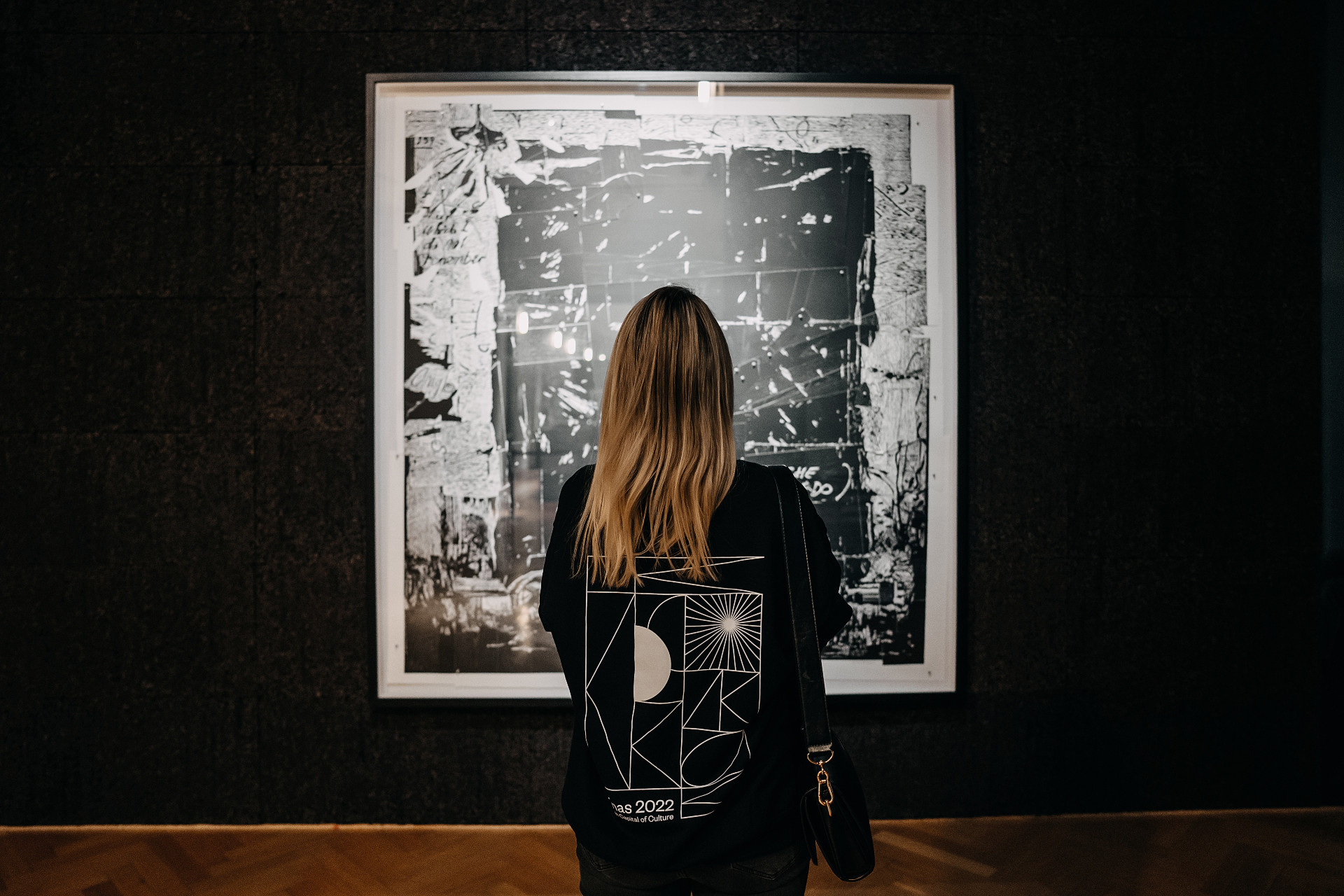
This year has also been an opportunity for artists such as Jenny Kagan, Philip Miller, Bruce Clark, Marilia Destot and others to come and return to their ancestral land with their art. Many of them will share their experiences in the programme of the Litvak Cultural Forum. They will be joined by stars from the academic world, members of the Advisory Board of the Litvak Cultural Forum - Prof. Antony Polonsky, Prof. Peter Salovey, Prof. Tsvia Walden and others.
The two-day Forum programme will be enriched by exhibitions, performances and concerts dedicated to Jewish memory. The calendar includes events such as the interactive exhibition “Out of Darkness” by the UK artist Jenny Kagan, the Threshold installation route reminiscent of the Mezuzah tradition by Jyll Bradley, a photographic exhibition of the interwar photographers Mausha Levi and Shimon Bayer, and the paintings of Simon Karczmar. On 29 September, a concert of Yiddish songs by Marija Krupoves will take place at Žalgirio Arena, dedicated to the Jewish memory of the city and the unique spirit of Kaunas.
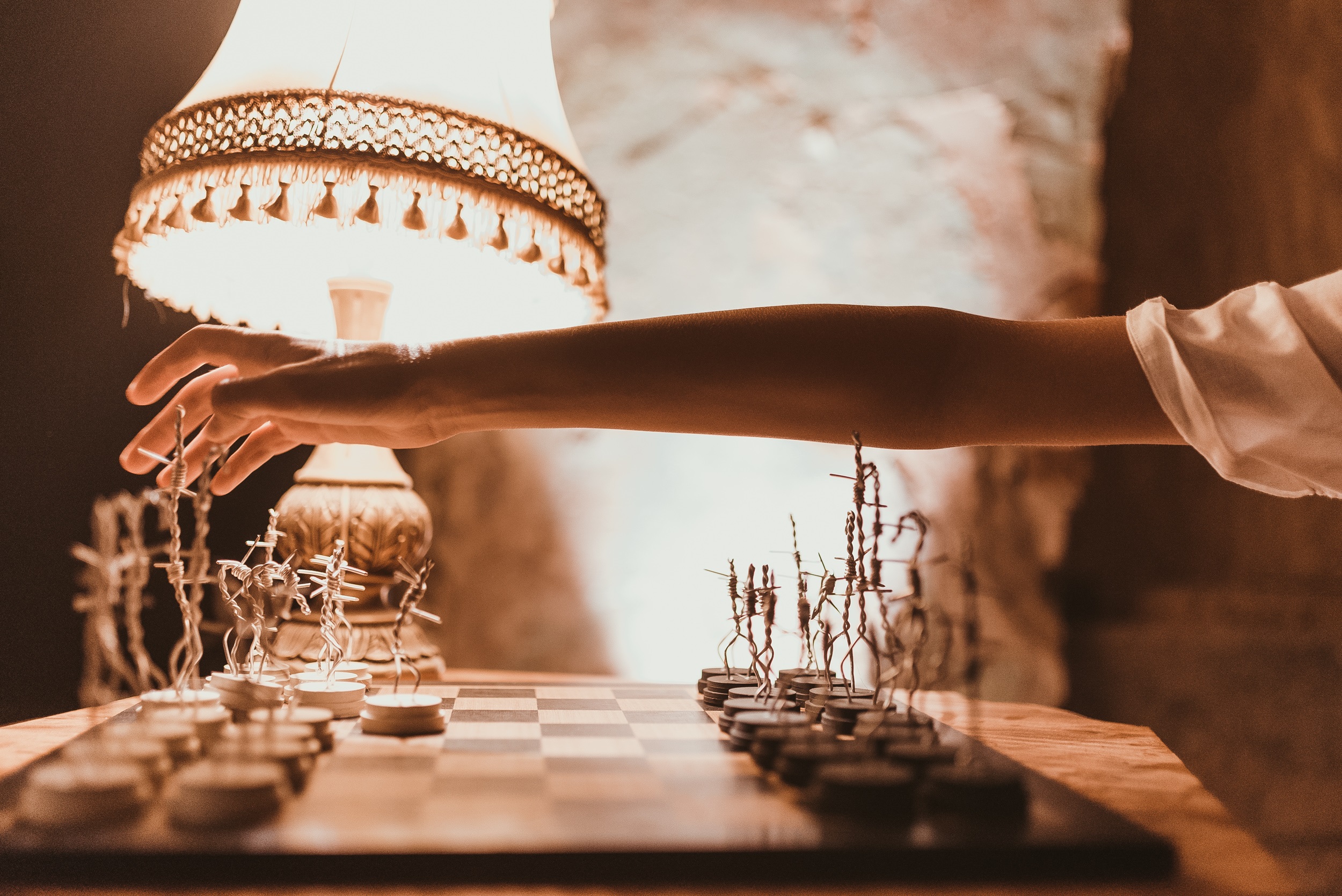
On 30 September and 1 October, a special premiere which took a few years to prepare will be held. It is the Kaunas Cantata by the South African composer Philip Miller and Jenny Kagan. In the language of music, texts and images, it tells the complex story of historical upheavals, the Holocaust, deportations and personal traumas, and the traces they have left in the lives of generations and individuals. A spectacular labyrinth of music and images is created in collaboration with Lithuanian and foreign artists of various genres.
The premiere will be performed at Žalgirio Arena by more than 200 musicians, the Kaunas City Symphony Orchestra, professional and community choirs and ensembles. “The cantata invites us to open up difficult and traumatic themes, and it invites us to confront ourselves, to talk about difficult choices in the face of dramatic events. It is therefore particularly relevant in the context of today’s war,” says Ms Price.
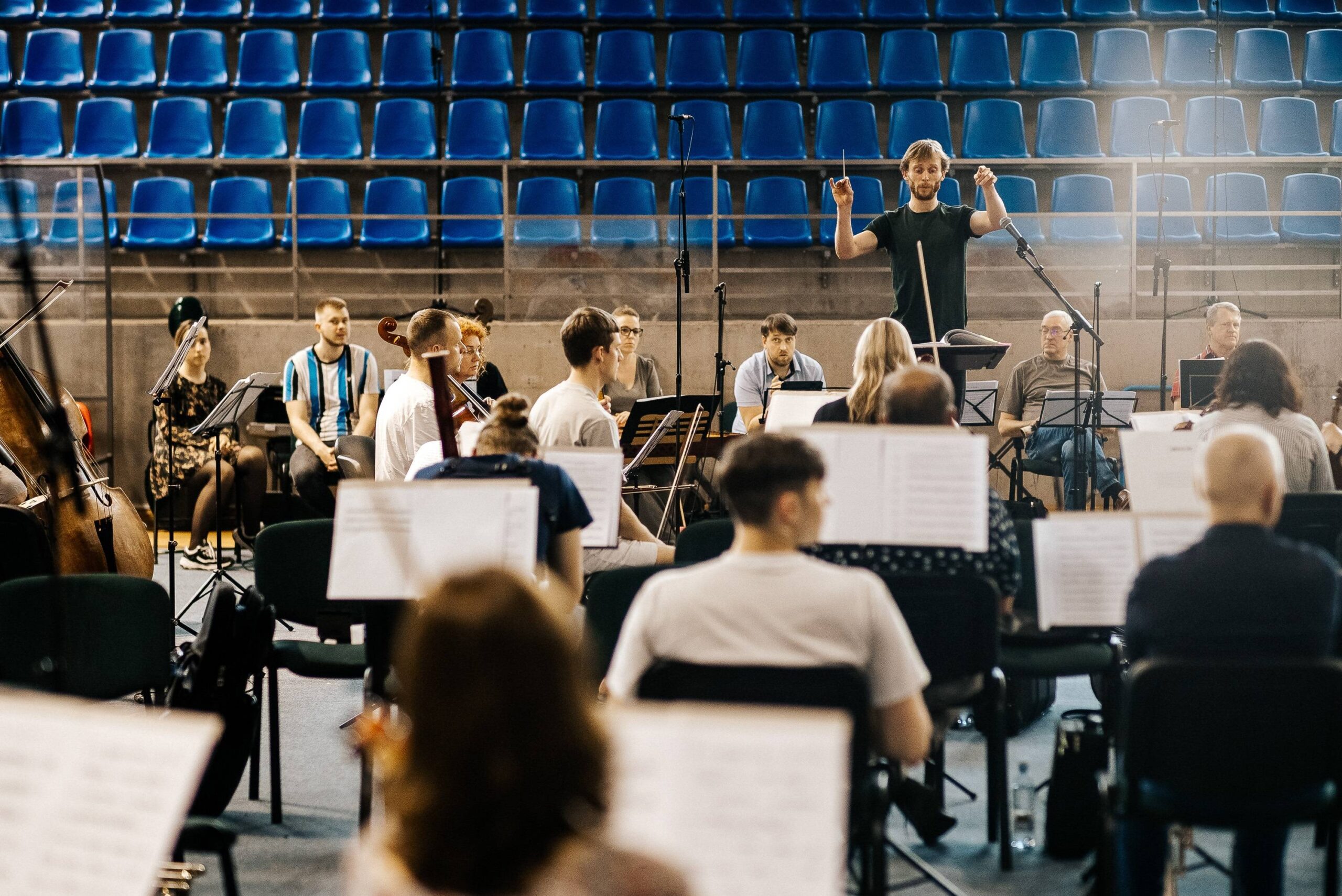
The patron of the Litvak Cultural Forum is Prime Minister Ingrida Šimonytė. Honorary Patrons are Prof. Liudas Mažylis and Faina Kukliansky, President of the Lithuanian Jewish Community. The forum is partnered with Vytautas Magnus University and Kaunas Jewish Community.
The Kaunas 2022 Litvak Culture Forum programme is available here, and registration is now open. For the complete Kaunas 2022 programme, please visit www.kaunas2022.eu or the mobile app.
Curator of Modernism for the Future Program: “Kaunas is Waking up and is Becoming More Open to new Experiences”
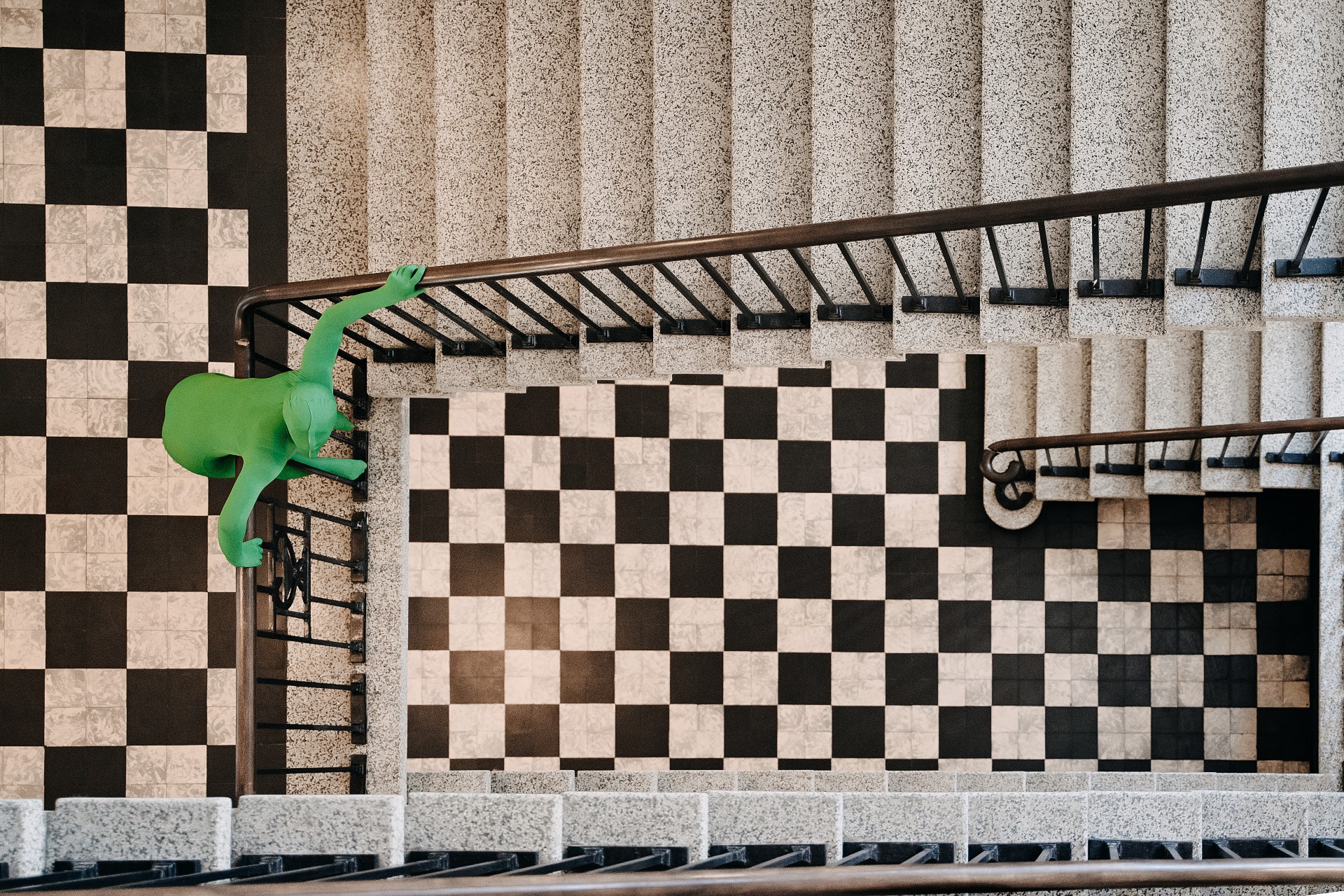
Architectural historian Dr Viltė Migonytė-Petrulienė will undoubtedly remember 2022 for the rest of her life. Curator of the architecture and heritage program Modernism for the Future of the project “Kaunas - European Capital of Culture 2022”, together with her team of assistants, this year turned the Kaunas Central Post Office into the Architecture Centre for several months, spread the message of optimistic Kaunas modernism all over the world, and now it is waiting for the world right here, in Kaunas. In September, the city will host the international conference Modernism for the Future. It will also include the premiere of a very special film, “Folds/Pleats”. What’s more, at the end of last year, the academic also published a monograph “Weekend Cities and Suburbs” about resorts in Lithuania! This time we left the topic of holidays aside - there was barely enough time to discuss the modernist movement, which has been rapidly growing for five years now.
What do you personally consider to be the greatest success of this program? Maybe it’s one small event, or maybe it’s your own new skills, acquaintances or even future projects?
Personally, the experience. I have never worked on a more interesting project, with so many opportunities and challenges, with such a professional team. Of course, not all the activities of the program had a smooth start, and not all the nights were for sleep, but all the experiences are worthwhile and precious. I would like to believe that our partners and the citizens of Kaunas will take away a similar feeling. When I started curating Modernism for the Future in 2018, I already saw how well the program had been strategically designed, how the target groups of activities had been logically distinguished, covering different audiences, how ambitious the goals had been set, and how the only thing left to do was to think about the means to achieve them, to try out new tools. It is true that we did not have a magic formula for success; we did not know what would work and what would not in our environment, and in the context of the European Capitals of Culture, exploring and interpreting architecture and heritage was not and is still not a common practice.
The biggest motivation was that Kaunas already had international recognition, having received the European Heritage Label in 2015, and various community initiatives such as guided tours etc. were gaining momentum alongside this. It was both a gift and a responsibility at the same time. We invited cultural organisations from Kaunas and other cities to share it. Despite the fact that we have been working hard for all five years, the first strong feeling that the program was really working was after the initial call for partners to apply for all the Capital of Culture branches. I feel that the idea of Modernism for the Future is a real success when I finally attend the partners' events this year. All of them are a seamless story of the success of the program and of different experiences. I have great faith in that.
Which partner events will you remember as highlights?
All of them! I couldn't have dreamt of better content for modernism. The partners’ programme covers a very broad audience, with different interests and age groups. From projects for architecture professionals and enthusiasts, such as: publishing a book on interwar architect Arnas Funkas (M. K. Čiurlionis National Museum of Art), a tactile interactive pavilion of architectural cognition created with the blind and visually impaired, the exhibition “Architecture of Lust” decoding the lustful secrets of the modernist city, or the Kaunas Architecture Festival (Lithuanian Architects’ Union), which brings together intercontinental architectural ideas, and the International Summer School (KTU), which brings together the most relevant themes of global contemporary architecture… To exhibitions presenting impressive photographic personalities (Kaunas Photography Gallery), art objects inspired by the stories of modernism in the city’s public spaces (Lithuanian Artists’ Union), presentations, lectures, exhibitions aimed at expanding the geographic boundaries of modernity, performances (Kaunas Artists’ House), experiential tours (“Ekskursas”, Kaunas Dance Theatre “Aura”), or forward-thinking music festival at a metal factory “Optimismo”, and world music concerts (GM Gyvai), spread across various spaces in Kaunas and Kaunas district.
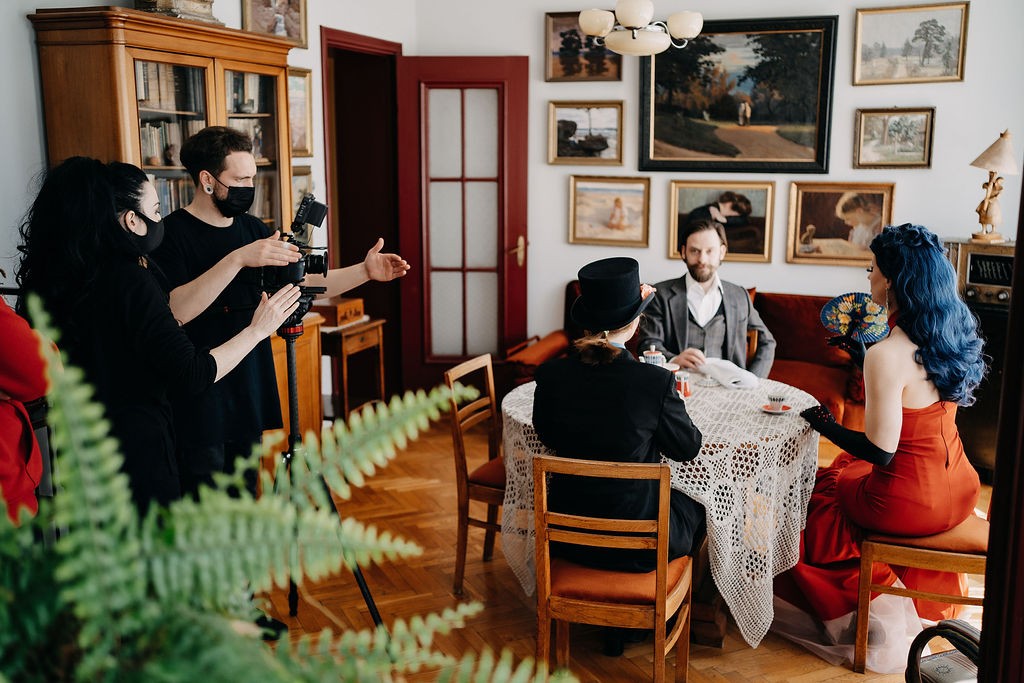
In January, the official start of Kaunas – European Capital of Culture was kicked off with the opening of the exhibition “MoFu 360/365”. In the context of the international exhibition and the whole program, the number 360 symbolises all possible perspectives on modernism: cultural, political, economic, and so on. Meanwhile, the number 365 refers to our attention to everyday heritage. How did you and your team manage to implement the 360/365 formula?
I have always seen the program as a platform for community and cross-sectoral heritage experiences, where we all learn, have the right to make mistakes, disagree, discover and co-create, and share the responsibility to make modernism even more understood, noticed and appreciated. I must confess that working directly with the community has never been a comfort zone for me, so I am extremely grateful to the team members who have taken the lead in reaching out to the local population. Žilvinas Rinkšelis and his team of volunteers have visited many modernist apartments, filmed dozens of interesting stories, and described hundreds of buildings on the Modernism for the Future website. In this way, the concept of the heritage of everyday life, encoded in the numbers 360/365, gradually took on a clearer form.
Yes, the number 360 means all possible perspectives of modernism: cultural, social, etc. They were touched upon not only in personal conversations with residents and public discussions but also in artistic interpretations made by artists from different fields of study about 20th-century architecture and the complexity of ideas that it represents, as well as about the different fates of buildings and society. In other words, the collected authentic testimonies about Kaunas Modernism became an inspiration for the creation of a new narrative and language that could be understood by a wider audience.
Meanwhile, the number 365 is intended to draw attention not only to the representativeness of churches, museums and other institutions but also to the architecture of everyday life: residential houses, industrial buildings or places of leisure. Was the language of modernist interpretations interesting to everyone? It would be naïve to think that everyone took in the heritage of this period and fell in love with it, just as everyone read or admired the messages conveyed by all the creators. This did not demotivate us but made us think more - how else can we do things? Where can we find the funds for the ideas?
I am glad that fortune was not standing there with its back turned and not far away, just waiting for a bigger effort, which paid off all four times with additional funding from Creative Europe and Interreg Europe. This has opened the door to international partnerships, inviting and welcoming artists from Ukraine, Belgium, the Czech Republic, Israel and other countries to tell a more coherent story of modernist architecture as a phenomenon experienced by Eastern, Central and Western European cities. There is also great support and enthusiasm from foreign embassies and the Lithuanian Cultural Institute. The result is still visible today. Right now, the Ukrainian artist Lia Dostlieva is visiting Kaunas for the whole month of August. Under the guidance of Monika Amyra Pociūtė, Lia is designing a futuristic costume that will combine the identity of the two cultures, in which she will also leave a message about the feeling of (at)building/(at)creating the future of her country.
How would you assess the involvement of Kaunas residents in their environment? Has it increased thanks to the initiatives of Modernism for the Future and its partners - excursions, exhibitions even for children, articles, videos, projects with dance and other arts... or has it sparked a greater love for the city? And is it love, or empathy, that is the feeling to talk about when it comes to the relationship between the city and the individual?
Kaunas is waking up and is certainly becoming more open to new experiences. I believe that inertia has been created by the activities of partners and the initiatives of citizens. Everything matters - the aforementioned excursions, international photography and architecture exhibitions, dance performances, intelligent contemporary and world music concerts, sculptural compositions that open up in unexpected spaces in the city, etc. Although there is a great deal of high-quality cultural content on the theme of architecture this year, I sometimes think that modernism as a phenomenon has a diminishing role to play here. Especially in the New Town, the cultural legacy of the interwar period is an ideal setting, which sometimes inspires, complements or assists, and sometimes helps to fulfil or reinforce the idea of the project, and adds a unique and significant touch to the art form. It clearly helps to increase knowledge, cultivate curiosity and understanding, and see the possibilities, which leads to a stronger emotional connection with one's surroundings. This leads to practical success in small or large heritage conservation processes. Some of them are linked to personal stories of love for modernism, others to political will and the pooling of intellectual resources.
One of the most anticipated events this year has been postponed because of the war in Ukraine. It is the inclusion of Kaunas modernist architecture in the UNESCO World Heritage List, which hasn’t happened because the UNESCO session in Russia was cancelled. What is the mood in your team regarding this issue?
Let’s be optimistic, though. While we are waiting and hoping for the capitulation of the aggressor, nobody is tying their hands to work together towards the preservation of heritage and the creation of a sustainable, quality city. UNESCO does not add value to the city, only notoriety, so it is the daily contribution and efforts of everyone that are important.
One of the highlights of the program, the stop motion film “Folds/Pleats” by Aideen Barry, has already been screened at several festivals abroad. What kind of response has the film received? What exciting things are planned for the premiere in Kaunas?
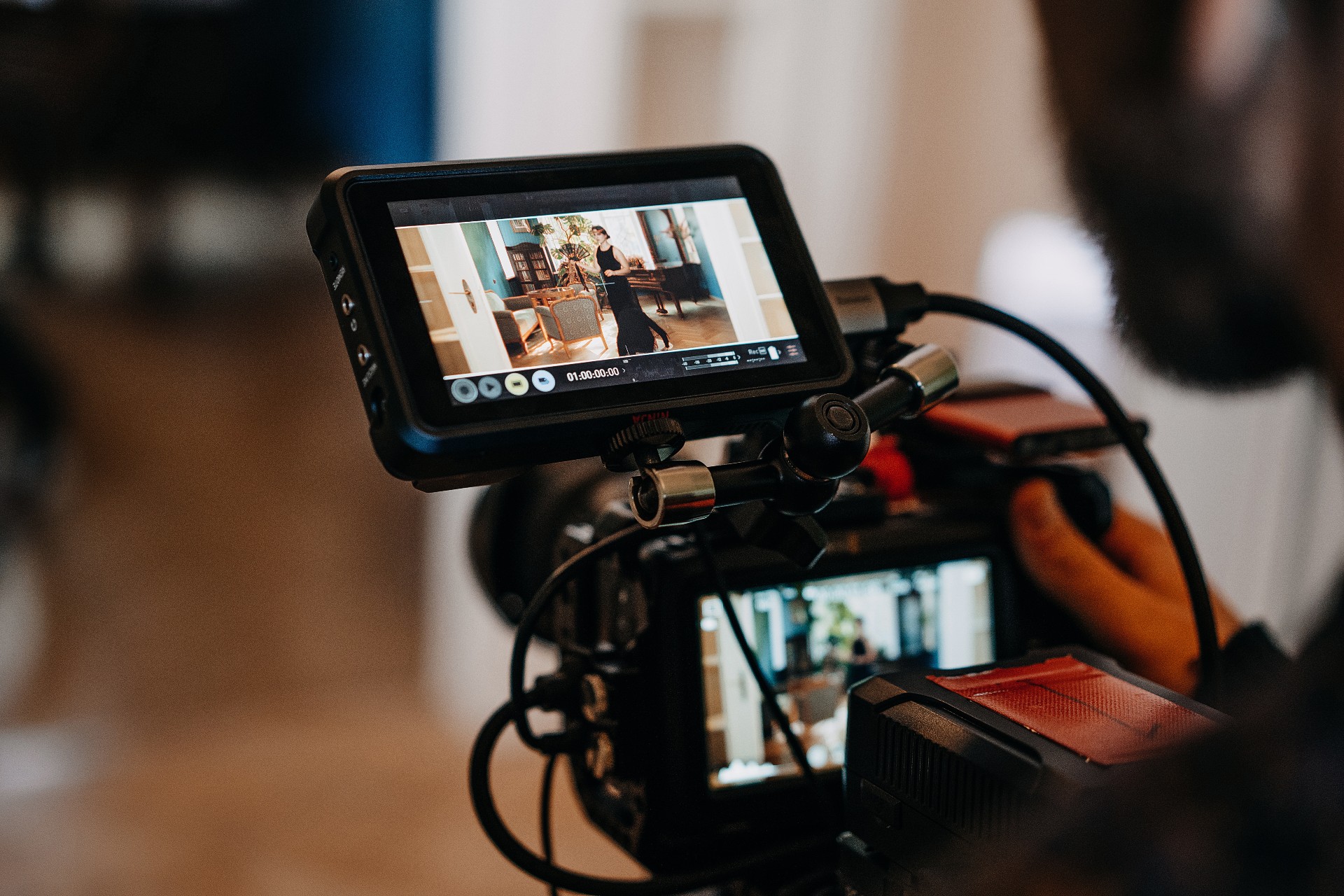
Firstly, I am glad to announce that the film, which has been screened since the beginning of the year on the big screens in Canada, England, Ireland and Italy, will finally be presented in Kaunas, at the historical Romuva cinema in September.
The organisers of the international festivals shared very positive feedback, and many spectators googled flight tickets to Kaunas right after screenings, as they became interested in the city’s history and cultural programme. Before the screenings, the audience was invited to read Sandra Bernotaitė’s text, in which the writer skilfully arranges the main accents of the film’s narrative, answering the question of what the role of architecture is as the main character and why the surrealistic aesthetics of the moving pictures is used, which arouses surprise and smiles. The premiere in Kaunas will be followed by an interesting conversation with the film’s director Aideen Barry, Sandra Bernotaitė and Rita Stanelytė, the film’s communications specialist who helped the film enter international festivals.
The project is also presented as a unique creative process that brought together more than 600 local people and professionals over a period of two years. The production of the film was accompanied by a pandemic, so its management was a huge effort for our team, and especially for the producer Ugnė Marija Andrijauskaitė. Enthusiasts of music, creative writing, stop-motion animation, and even food production students from the Kaunas Food Industry and Trade Training Centre, who, by the way, will invite the audience to enjoy a huge modernist cake after the screening of the film, were invited to get involved. Those who will not make it to the national premiere on 21 September will be able to see the film on 22-24 September. In the cinema foyer, viewers will be greeted by an experiential installation created by Aideen Barry, Povilas Vincentas Jankūnas and Mindaugas Barnatavičius.
Could you also reveal more about the upcoming Modernism for the Future international conference? How has it grown since the first edition in 2018?
The first conference, which was also the symbolic opening of the program, focused on the perception of the cultural value of the heritage of modernism and the search for the uniqueness of Kaunas, especially by drawing on the experiences of foreign countries. Among them, the video projects of Aideen Barry, who then visited Lithuania for the first time, were presented, as well as projects dedicated to sensitive social issues, contemporary creative and educational methods of heritage cognition applied by Sharon Golan Yaron at the Tel Aviv-Liebling House, discussion of the topic of national modernisms, which is also relevant to the Lithuanian context etc.
This year’s conference “Modernism for the Future. Interpretations” is scheduled for 21-22 and is the symbolic closure of our program. We will have much more to share ourselves. For five years, hundreds of citizens of the city and the district, dozens of cultural organisations and artists have worked, taught and given incredible experiences in the modern cultural heritage laboratory, and I believe that the two-day programme will be of interest and relevance to everyone.
The programme will span from creative workshops on the accessibility of heritage, to seminars on the role of contemporary interpretations based on the experience of Kaunas - European Capital of Culture, as well as topical conversations on the subject, presentations and discussions in the Žalgiro Arena with renowned New York artist, architect and heritage conservationist Jorge Otero-Pailos, architectural critic and researcher Grzegorz Piątek, architect, architectural historian, curator of architecture and art projects Ievgenija Gubkina, and many others. The programme also includes the opening of two exhibitions, the presentation of Marija Drėmaitė’s book on Arnas Funkas, and the premiere of the aforementioned stop-motion feature film. The symbolic farewell will therefore be very optimistic.
What plans does the Modernism for the Future team have for 2023 and beyond?
It is very difficult to talk or dream about the future, even if it is the near future, when there is so much work left to do with Vaiva Marija Bružaitė and other colleagues. I know that all modernists, whatever they do in the future, will have a special personal relationship with heritage. I can only wish them all that they do not lose their enthusiasm and do not get tired of sharing their lessons and experiences with others.


